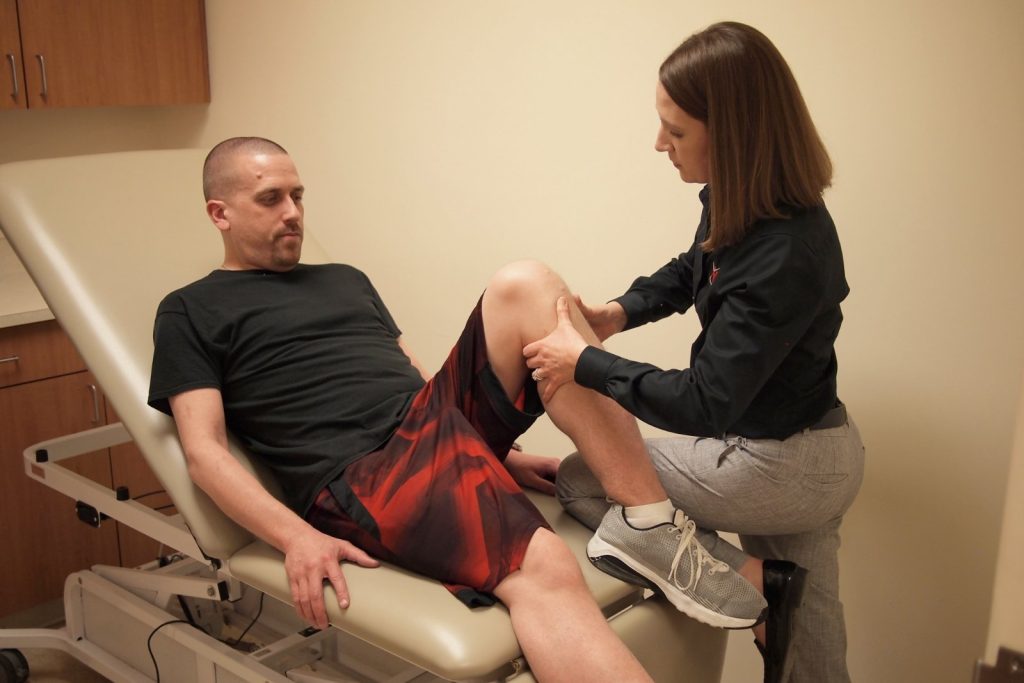If an employee injury or illness is not recordable, but later becomes recordable, when should it be recorded? If you can’t identify a single event or exposure, the injury should be recorded on the date it becomes recordable, or on the date it is diagnosed by a physician or other licensed health care professional (PLHCP). For example: An employee complains of elbow and wrist pain, and his/her workstation is given an ergonomic evaluation to alleviate the condition. Two weeks later, the employee visits a doctor and is diagnosed with carpal-tunnel syndrome. They are given physical therapy and placed on restricted duty. The injury would be recorded on the date of diagnosis by the physician. Why? Since the injury did not meet the recording criteria before that time and because you couldn’t identify a single date or incident that caused the condition. If the initial complaint had involved discomfort that required a restriction in work duties, then the injury would have be recordable on the date of the complaint because it met the general recording criteria (restricted duty). The concept of recording on the date of diagnosis comes from 1904.7(b)(7), which requires recording significant cases (such as cancer) on the date of diagnosis because no specific date of onset can be determined. This concept has been extended to other cases where a specific event or incident can’t be identified. If you can identify an event or incident that caused the injury, record the case using that date. 
When to Record Employee Injuries or Illnesses That Progress Over Time





